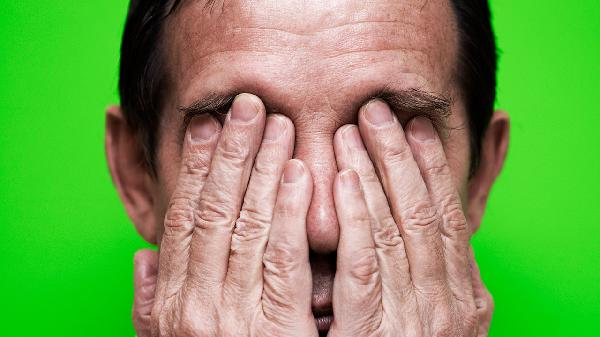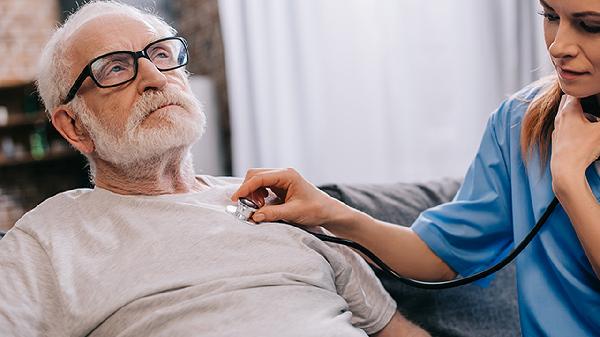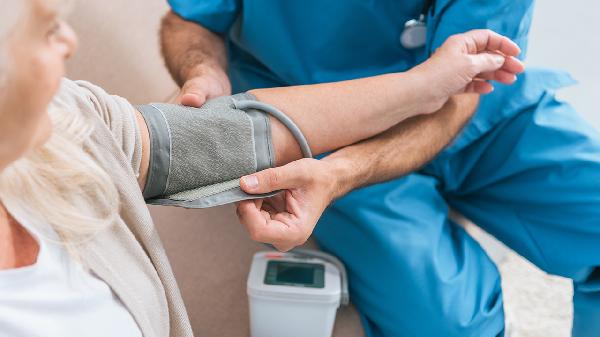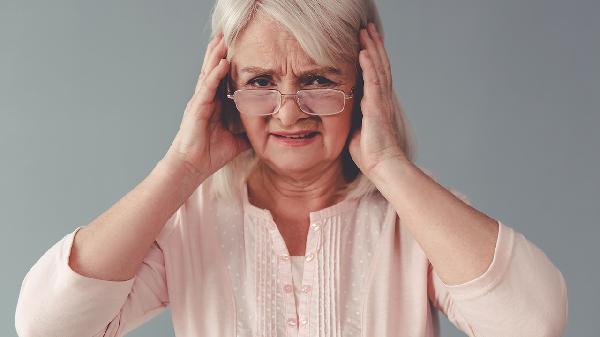Stroke has become a very common condition in our daily lives. Its onset is often sudden, catching people off guard, and sometimes it can't be immediately recognized. In fact, there are certain warning signs of a stroke, and it's crucial to take preventive measures, especially in winter when the cold weather can have a significant impact on physical health, leading to an increase in stroke cases.
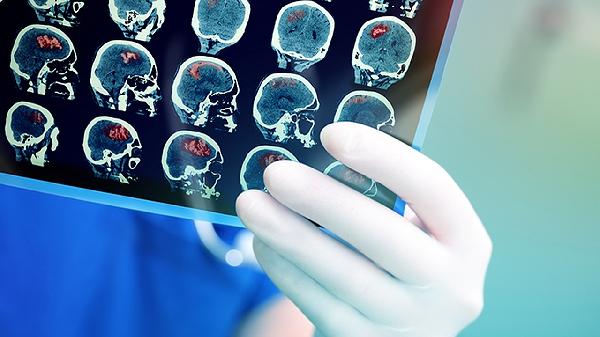
Is choking while eating a sign of stroke in the elderly?
Choking while eating in the elderly is a symptom of difficulty swallowing, which is also one of the signs of a stroke. In addition to weakness or numbness on one side of the body and a crooked mouth, stroke can also cause difficulty swallowing, choking on water, dizziness, and headaches. Therefore, if an elderly person experiences choking while eating, it's important to rule out stroke-related symptoms. It's recommended that the patient visit a neurologist for a head MRI to confirm. If choking while eating is caused by a stroke, it's likely due to brainstem involvement. Treatment should follow stroke protocols, including antiplatelet therapy, plaque stabilization, vasodilation, and neurotrophic drugs. Additionally, measures should be taken to improve the choking symptom, such as physical therapy and acupuncture.
What are the warning signs of a stroke?
1. Observe the patient's facial complexion
In fact, a significant portion of stroke patients experience hemiplegia. If a family member or oneself feels dizzy and unsteady, it's important to quickly determine if it's a stroke. Pay close attention to the patient's facial complexion, checking for facial paralysis, asymmetry between the left and right sides of the face, and whether the mouth is crooked.
2. Assess the patient's speech and communication
Observe if the patient's tongue is straight, if their speech is slurred or unclear, and if they can't complete a sentence coherently. If the patient's speech is incomprehensible, these could be signs of an impending stroke.
3. Observe the patient's physical coordination
Quickly assess if the patient's limbs are weak, if they can raise their arms above their shoulders, and if they feel unsteady when standing.
If all three of these aspects are present, the likelihood of a stroke is very high. The brain is sending out distress signals, and even if only two symptoms are present, the risk is still significant. When such a situation is noticed, don't delay; take the patient to the hospital immediately. The sooner the treatment, the better the outcome and the fewer the complications.

